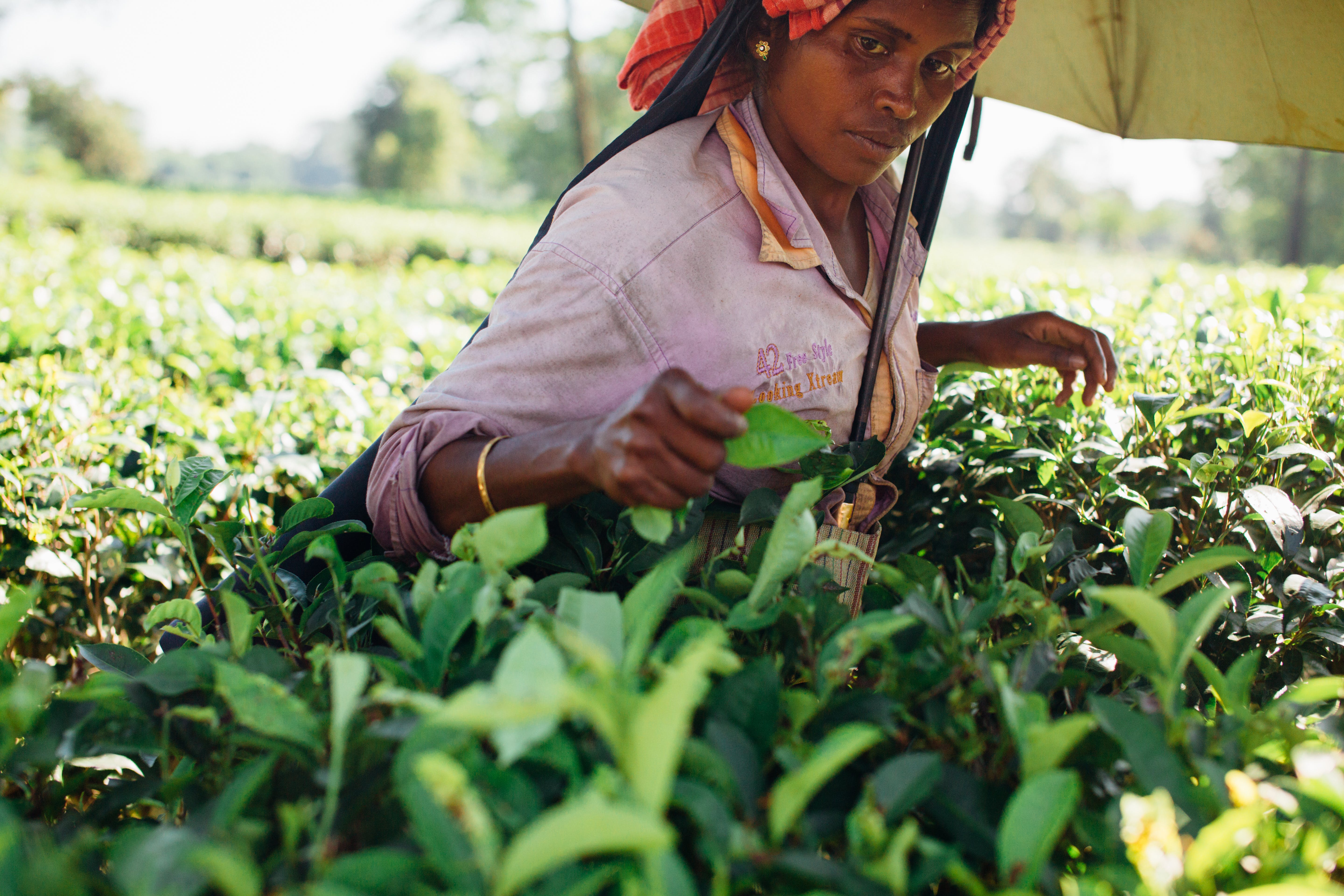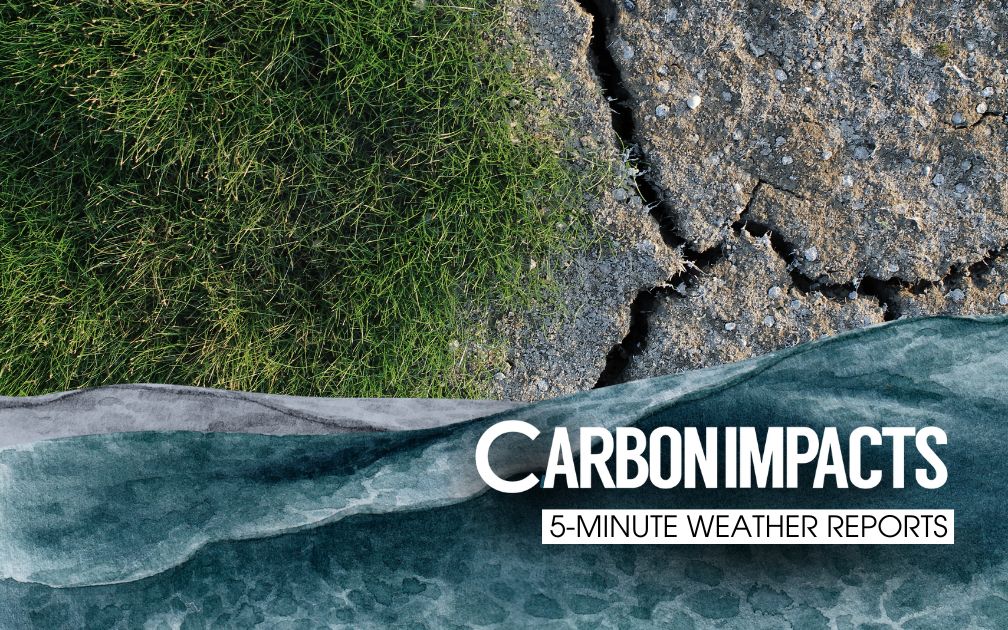Los Angeles Wildfires: A potential threat, now a reality courtesy climate change
California Los Angeles Wildfires were supercharged by climate change, making it most devastating natural disaster in US history
By Editorial Desk / Jan 13, 2025
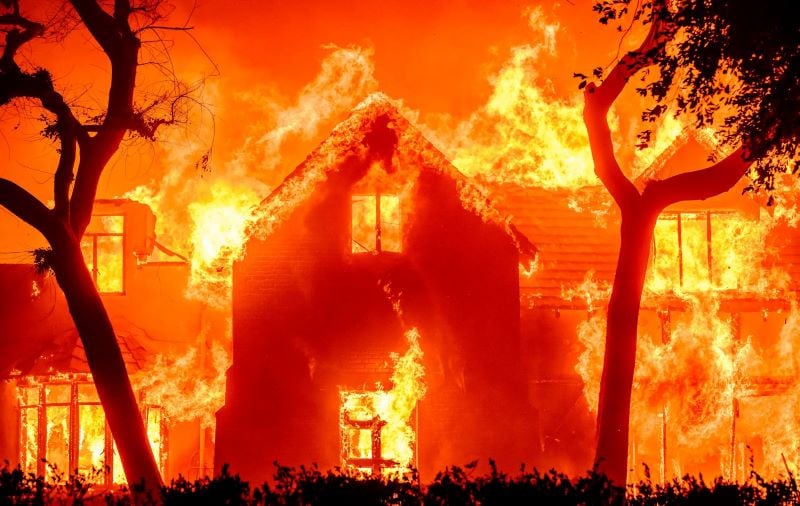
Image Courtesy: The Express Tribune
The Los Angeles winter wildfires have sent shockwaves across the world, so far claiming 24 lives and displacing over a lakh people. Unfavourable weather conditions continue to fuel a fresh round of forest fires for the seventh consecutive day since January 7. Forecasters are afraid there will be no respite in the coming days, as winds are again likely to pick up pace.
The blaze gutted around 12000 structures, and the damage and economic loss are estimated at $135 billion to $150 billion. Reportedly, the Palisades, Eaton, Kenneth and Hurst fires have consumed about 62 square miles (160 square kilometers).
The devastating wildfires sweeping through Los Angeles and surrounding areas were supercharged by global warming. The incident has highlighted the severe impacts of climate change and underscored the urgency of taking action before the situation spirals beyond human control.
“These wildfires are a reminder of how human-driven climate change amplifies extreme weather events. Many people have been affected, including Hollywood stars, demonstrating that climate change spares no one. This disaster serves as a stark reminder that we must collectively demand immediate action to mitigate these escalating risks and safeguard our shared future,” said Davide Faranda, Researcher, IPSL-CNRS (Centre for Scientific Research (CNRS), France.
Climate change’s significant contribution
The catastrophic wildfires are being driven by extraordinary meteorological conditions intensified by climate change, according to scientists from the ClimaMeter project who did a rapid study on the fire incident. The report noted that meteorological conditions similar to those triggering the Los Angeles wildfires are now up to 5°C (9ºF) warmer, 3 mm/day (up to 15%) drier, and up to 5 km/h (20%) windier compared to the past. Human-driven climate change was identified as the main driver of the strengthened winds, higher temperatures, and drier conditions, with natural climate variability playing a minor role.
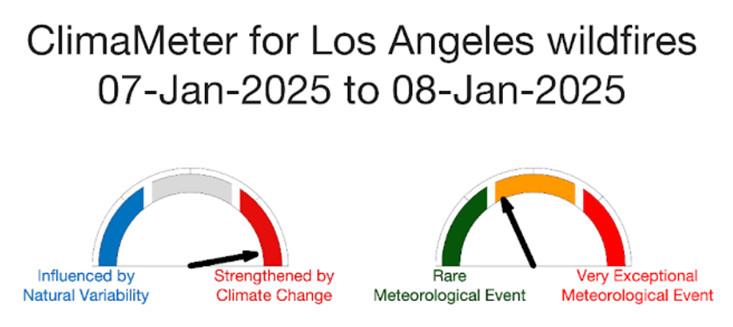
Much of Southern California had almost no rainfall since July 2024, despite being halfway into the normal rainy season - the second-driest period in 150 years. Climate change is making it less likely to rain in late fall and early winter when the hot, dry, Santa Ana winds peak. The Santa Ana winds typically originate from cool and dry high-pressure masses in the Great Basin. The dry and powerful winds blow down the mountains towards the Pacific Coast, with gusts that can reach hurricane strength.
California also had its hottest June and July and the second hottest October, with many of the hot days scientifically linked to climate change. This heat and lack of rainfall left the vegetation tinder dry when the Santa Ana winds started.
“Climate change is playing a role in the increase of fire weather in the West, where more days of dry, warm, windy weather are amplifying the risks of wildfires spreading rapidly. As our climate warms, the chances of intense, fast-growing fires like the ones Californians are facing today will keep rising,” said Kaitlyn Trudeau, Senior Research Associate for Climate Science, Climate Central.
How wildfires unfolded
Terming it a rare event, experts cite that these fires were fuelled by different meteorological and hydrological conditions: very low humidity, dry conditions (with very little moisture over the past several months), and Santa Ana winds, exceeding 130-160 km/h in some places.
The Surface Pressure Anomalies show a low-pressure area (cut-off low) over Southern California with values up to -10 hPa. According to the analysis based on ERA5 data, temperature anomalies displayed conditions up to +5°C warmer in the area affected by the fire. Precipitation data showed dry conditions. Wind speed Data indicated strong winds blowing from California Mountain ranges to the Pacific Ocean. These winds are triggered by cut-off lows over California.
Researchers carried out the analysis comparing similar low-pressure systems during the late 20th century (1950–1986) with those in recent decades (1987–2023), a period when climate change impacts have become more evident.
How global warming exacerbated the situation
Scientists have termed the ongoing wildfire situation as ‘Fire Weather’ which refers to meteorological conditions that promote the spread of wildfires. Fire weather creates ideal conditions for wildfires to ignite and spread. As fire weather becomes more frequent, there are more days when extreme conditions can escalate small fires into large ones or accelerate the growth of major wildfires, as seen in the ongoing blaze. Three conditions are fundamental to fire weather: temperature, relative humidity, and wind.
Hotter temperatures have a direct influence on fire behaviour, heating the fuels and making them more likely to ignite. Warmer nighttime temperatures decrease the overnight relative humidity that could have helped firefighters gain control over wildfires. The Temperature Changes show that similar events produce temperatures in the present climate up to 5 °C warmer than what they would have been in the past.
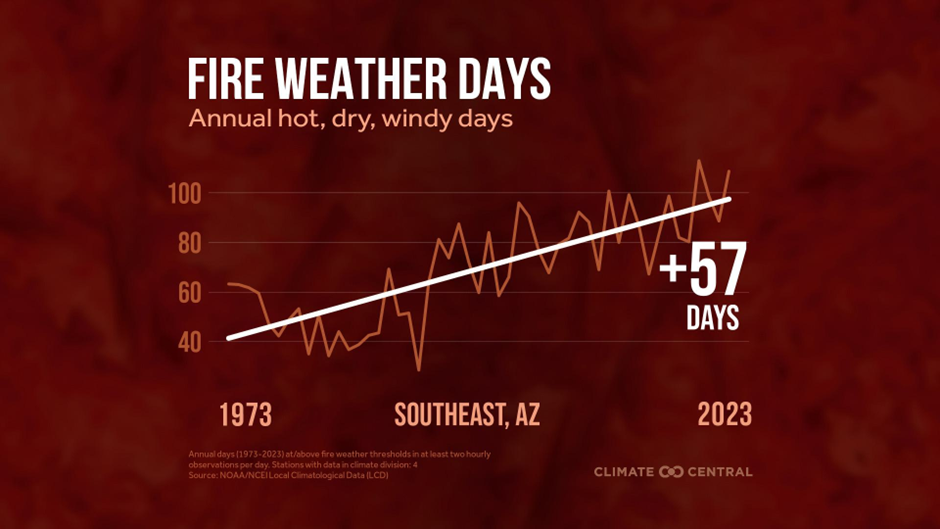
Humidity: When relative humidity levels are very low, the air pulls moisture from the land, leaving vegetation dry and prone to burning. Precipitation Changes show that present events are dryer (up to 15%) than the past.
Wind supplies oxygen to a fire, causing it to burn more rapidly. Wind increases evaporation, drying out the land. Wind also carries embers, which helps fires spread. Windspeed Changes indicated up to 5 km/h windier conditions over the areas interested by the fires.
Another Climate Central’s analysis indicated that decreasing relative humidity has been a major factor in boosting annual fire weather days for many locations across the U.S. Wildfire seasons are lengthening and intensifying, particularly in the West. Many parts of the East have seen smaller but impactful increases in fire weather days. Much of the West and East are experiencing the greatest increase in fire weather during spring months. The Southwest is also seeing a boost in fire weather during summer.

While fires are a natural component of ecosystems, climate change is influencing the frequency and intensity of extreme weather events, which in turn affects the occurrence and severity of wildfires. Human-driven climate change has notably expanded the areas impacted by wildfires in some regions and extended the duration of fire weather seasons.
LA Fires California wildfires Climate Change Global Warming
